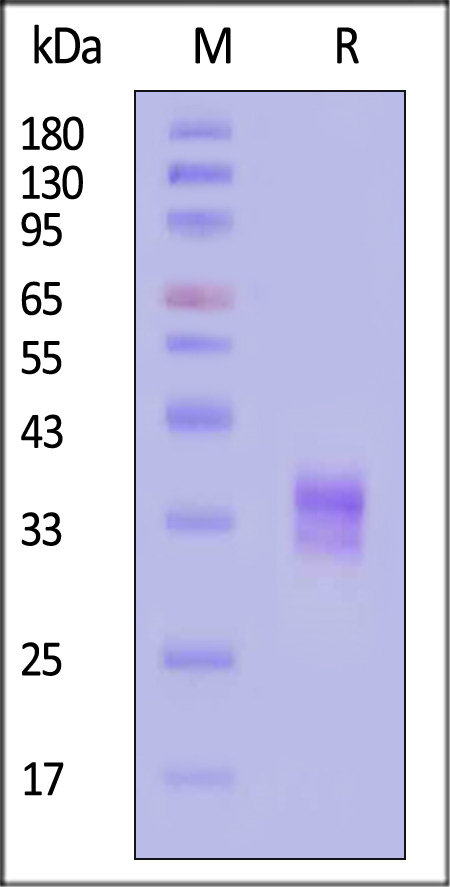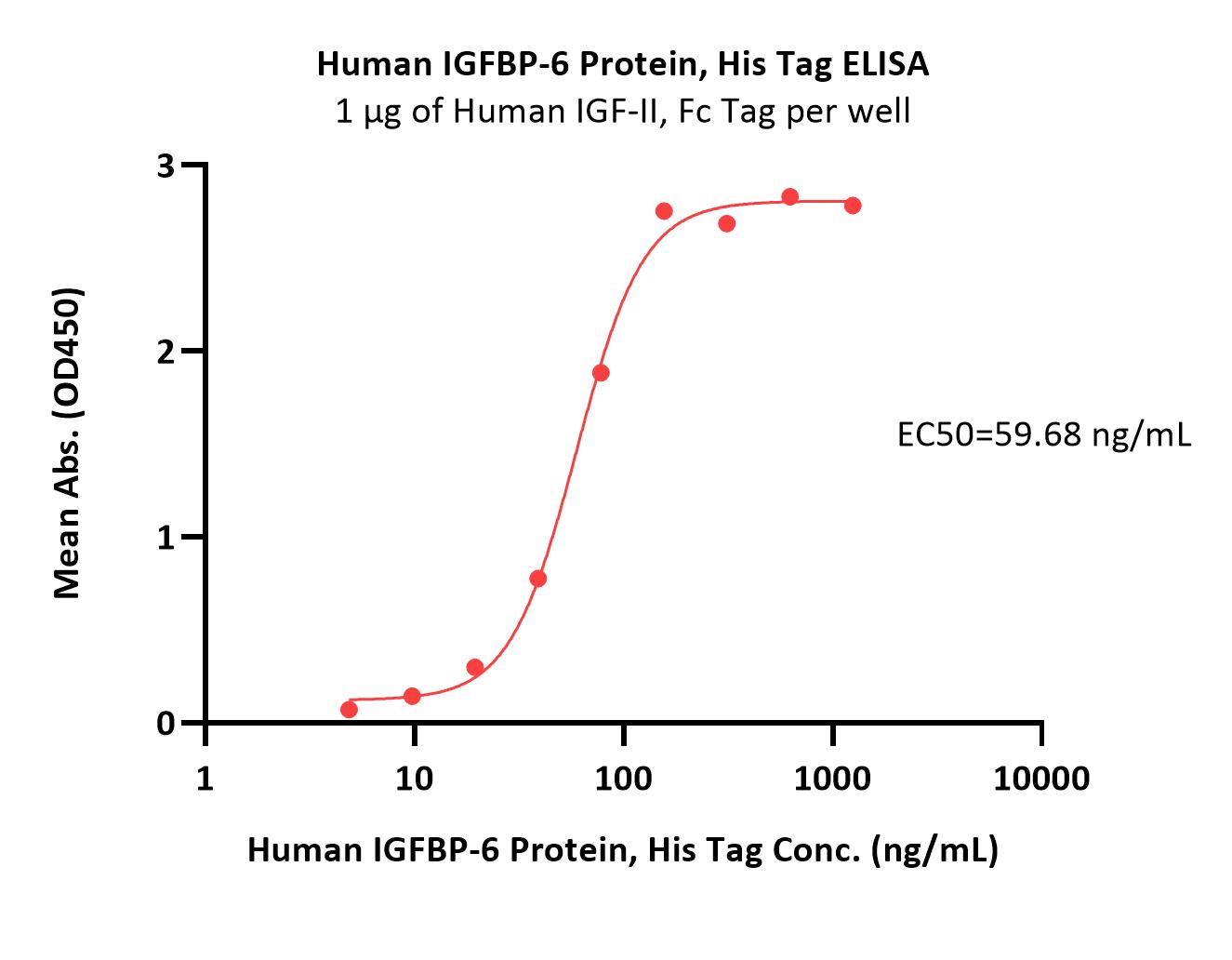Distinct Urinary Proteome Changes Across Estimated Glomerular Filtration Rate Stages in a Cohort of Black South AfricansKhoza, George, Naicker
et alInt J Mol Sci (2025) 26 (4)
Abstract: Kidney function parameters including estimated glomerular filtration rate (eGFR) and urine albumin excretion are commonly used to diagnose chronic kidney disease (CKD). However, these parameters are relatively insensitive, limiting their utility for screening and early detection of kidney disease. Studies have suggested that urinary proteomic profiles differ by eGFR stage, offering potential insights into kidney disease pathogenesis alongside opportunities to increase the sensitivity of current testing strategies. In this study, we characterized and compared the urinary proteome across different eGFR stages in a Black African cohort from rural Mpumalanga Province, South Africa. We stratified 81 urine samples by eGFR stage (mL/min/1.73 m2): Stage G1 (eGFR ≥ 90; n = 36), Stage G2 (eGFR 60-89; n = 35), and Stage G3-G5 (eGFR < 60; n = 10). Urine proteomic analysis was performed using an Evosep One liquid chromatography system coupled to a Sciex 5600 TripleTOF in data-independent acquisition mode. Nonparametric multivariate analysis and receiver operating characteristic (ROC) curves were used to assess the performance of differentially abundant proteins (DAPs). Pathway analysis was performed on DAPs. Creatinine-based eGFR was calculated using the Chronic Kidney Disease Epidemiology Collaboration (CKD-EPI) equation. In this study, thirty-eight urinary proteins were differentially abundant for eGFR Stages 3-5 when compared to Stages G1 (AUC = 0.95; CI: 0.86-1) and G2 (AUC = 0.84; CI: 0.64-0.98). Notably, only six urinary proteins (Cystatin M (CST6), glutathione hydrolase 6 (GGT6), sushi domain containing 2 (SUSD2), insulin-like growth factor binding protein 6 (IGFBP6), heat shock protein 90 beta family member 1 (HSP90B1), and mannosidase alpha class 1A member 1 (MAN1A1)) were differentially abundant when comparing Stage G1 and Stage G2 with a modest AUC = 0.81 (CI: 0.67-0.92). Pathway analysis indicated that DAPs were associated with haemostasis and fibrin clot formation. In a rural cohort from South Africa, the urinary proteome differed by eGFR stage, and we identified six differentially abundant proteins which, in combination, could help to differentiate earlier eGFR stages with higher predictive accuracy than the currently available tests.
A Risk Model Based on Ferroptosis-Related Genes OSMR, G0S2, IGFBP6, IGHG2, and FMOD Predicts Prognosis in Glioblastoma MultiformeWu, Liu, Li
et alCNS Neurosci Ther (2025) 31 (1), e70161
Abstract: Glioblastoma multiforme (GBM) is a common and highly aggressive brain tumor with a poor prognosis. However, the prognostic value of ferroptosis-related genes (FRGs) and their classification remains insufficiently studied.This study aims to explore the significance of ferroptosis classification and its risk model in GBM using multi-omics approaches and to evaluate its potential in prognostic assessment.Ferroptosis-related genes (FRGs) were retrieved from databases such as FerrDB. The TCGA-GBM and CGGA-GBM datasets were used as training and testing cohorts, respectively. Univariate Cox regression and LASSO regression analyses were performed to establish a risk model comprising five genes (OSMR, G0S2, IGFBP6, IGHG2, FMOD). A Meta-analysis of integrated TCGA and GTEx data was conducted to examine the differential expression of these genes between GBM and normal tissues. Key gene protein expression differences were analyzed using CPTAC and HPA databases. Single-cell RNA sequencing (scRNA-seq) analysis was employed to explore the cell type-specific distribution of these genes.The five-gene risk model demonstrated significant prognostic value in GBM. Meta-analysis revealed distinct expression patterns of the identified genes between GBM and normal tissues. Protein expression analysis confirmed these differences. scRNA-seq analysis highlighted the diverse distribution of these genes across different cell types, offering insights into their biological roles.The ferroptosis-based risk model provides valuable prognostic insights into GBM and highlights potential therapeutic targets, emphasizing the biological significance of ferroptosis-related genes in tumor progression.© 2025 The Author(s). CNS Neuroscience & Therapeutics published by John Wiley & Sons Ltd.
Endothelial IGFBP6 suppresses vascular inflammation and atherosclerosisSu, Zhao, Jiang
et alNat Cardiovasc Res (2025) 4 (2), 145-162
Abstract: Beyond dyslipidemia, inflammation contributes to the development of atherosclerosis. However, intrinsic factors that counteract vascular inflammation and atherosclerosis remain scarce. Here we identify insulin-like growth factor binding protein 6 (IGFBP6) as a homeostasis-associated molecule that restrains endothelial inflammation and atherosclerosis. IGFBP6 levels are significantly reduced in human atherosclerotic arteries and patient serum. Reduction of IGFBP6 in human endothelial cells by siRNA increases inflammatory molecule expression and monocyte adhesion. Conversely, pro-inflammatory effects mediated by disturbed flow (DF) and tumor necrosis factor (TNF) are reversed by IGFBP6 overexpression. Mechanistic investigations further reveal that IGFBP6 executes anti-inflammatory effects directly through the major vault protein (MVP)-c-Jun N-terminal kinase (JNK)/nuclear factor kappa B (NF-κB) signaling axis. Finally, IGFBP6-deficient mice show aggravated diet- and DF-induced atherosclerosis, whereas endothelial-cell-specific IGFBP6-overexpressing mice protect against atherosclerosis. Based on these findings, we propose that reduction of endothelial IGFBP6 is a predisposing factor in vascular inflammation and atherosclerosis, which can be therapeutically targeted.© 2025. The Author(s), under exclusive licence to Springer Nature Limited.
Insulin-like growth factor binding protein-6 modulates proliferative antagonism in response to progesterone in breast cancerLariz, Botero, Shoffstall
et alFront Endocrinol (Lausanne) (2024) 15, 1450648
Abstract: Breast cancer is one of the most diagnosed cancers worldwide. The insulin-like growth factor (IGF) system promotes proliferation and survival in breast cancer cells and is regulated by 6 insulin-like growth factor binding proteins (IGFBPs). The IGFBPs sequester IGFs to prolong their half-life and attenuate binding to insulin-like growth factor 1 receptor (IGF1R). While IGFBP-6 has been studied in some cancers it has not been studied extensively in hormone receptor positive breast cancer. Survival analysis using available databases indicated that high IGFBP-6 levels improve overall survival in progesterone receptor positive breast cancers. IGFBP-6 is transcriptionally induced by progesterone in T47D breast cancer cells resulting in increased intracellular and extracellular IGFBP-6 protein. Knockdown of IGFBP-6 resulted in reduced proliferative antagonism when estradiol stimulated T47D cells were cotreated with progesterone and protein levels of both progesterone receptor isoforms (PR-A and PR-B) were decreased following knockdown of IGFBP-6. P21(Cip1/Waf1), which is progesterone responsive, was not induced in response to progesterone following knockdown of IGFBP-6. Cyclin E2, a cell cycle regulator, is induced by progesterone only when IGFBP-6 is knocked down. Stable overexpression of IGFBP-6 in MCF-7 cells resulted in an increase in Epidermal Growth Factor Receptor (EGFR) and this expression was further enhanced when cells were cotreated with progesterone and estradiol. These results indicate that IGFBP-6 is a regulator of progesterone action, and that PR is required for the observed protective effects of IGFBP-6 in breast cancer.Copyright © 2024 Lariz, Botero, Shoffstall and Houston.


























































 膜杰作
膜杰作 Star Staining
Star Staining















